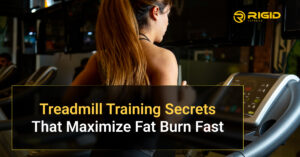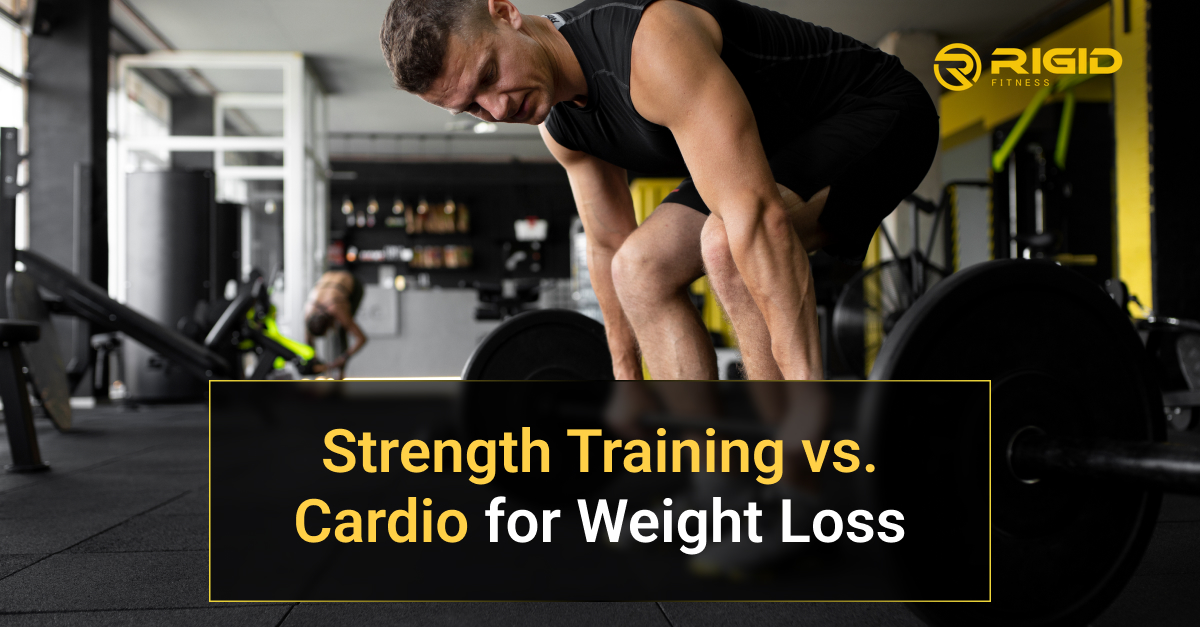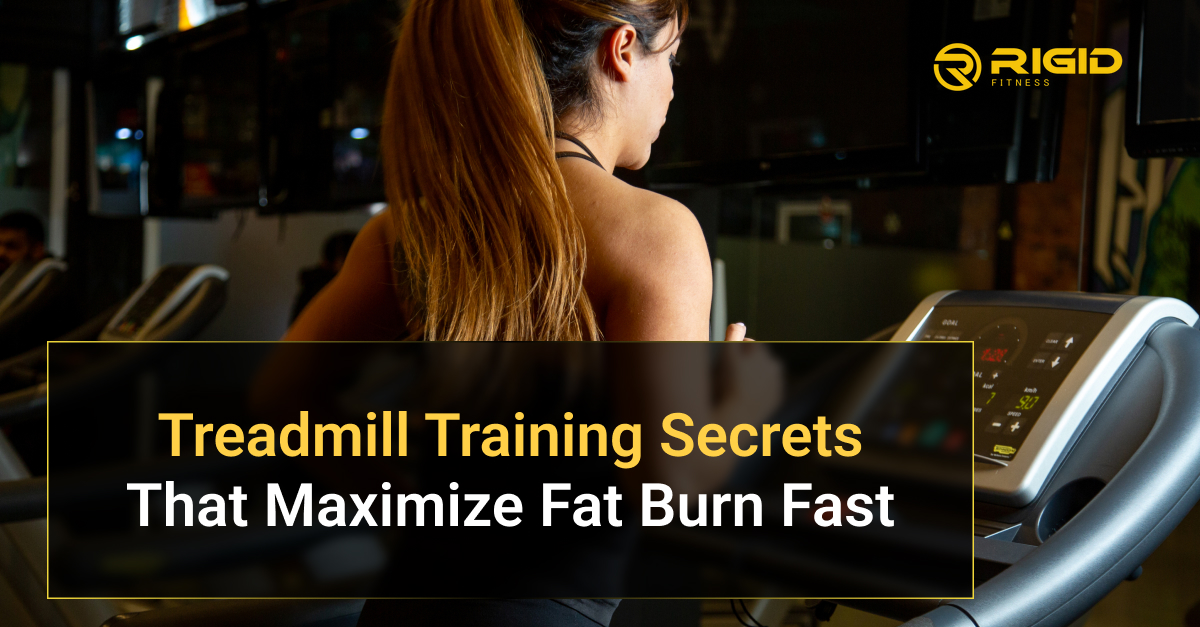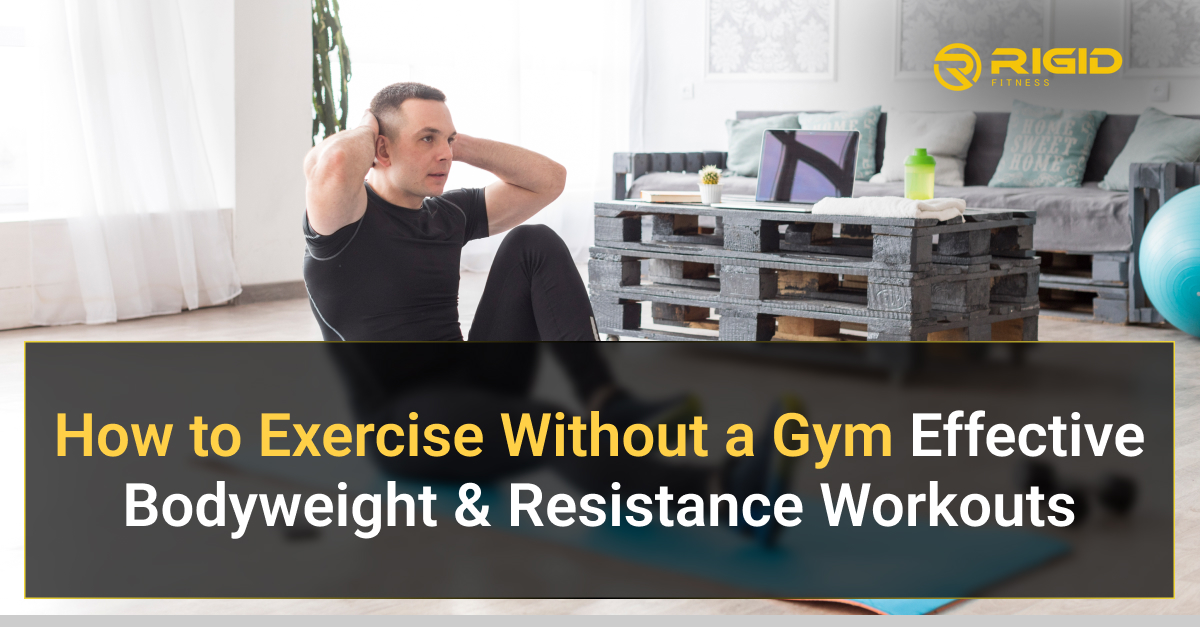

When it comes to fitness goals, few debates are as common as strength training vs cardio for weight loss. Both forms of exercise help you burn calories and improve overall health, but in very different ways. The key isn’t choosing one over the other but understanding how each contributes to fat loss, metabolism, and long-term results.
In this guide, we’ll break down the science behind both, explore their benefits, and show how you can combine them effectively using premium fitness tools from RIGID FITNESS.
Strength training, or resistance training, involves working your muscles against a force, usually weights, resistance bands, or your body weight. It’s not only about building muscle; it’s about increasing your resting metabolism.
When you lift weights or perform resistance-based workouts, tiny tears occur in your muscle fibers. As your body repairs them, muscles grow stronger and denser, using more energy even at rest. This is why strength training can boost your metabolism long after your workout ends, something cardio can’t always match.
Using these tools, even beginners can build a sustainable strength routine at home or at the gym.
Cardiovascular exercise, or “cardio,” refers to activities that raise your heart rate, like running, cycling, swimming, or even brisk walking. The main goal is to improve heart and lung capacity while burning calories during movement.
Cardio workouts primarily rely on oxygen to convert stored carbohydrates and fats into energy. The longer you sustain your effort, the more calories you burn, making cardio an efficient way to create an immediate calorie deficit.
So, which one wins, strength training or cardio? The truth is, both are valuable in different ways.
Cardio burns more calories during your workout, while strength training helps you burn more calories after it. This is because of a phenomenon called EPOC (Excess Post-Exercise Oxygen Consumption); your body keeps burning calories even after strength workouts as it repairs muscles and restores energy.
In a typical strength training vs cardio weight loss comparison:
This “afterburn effect” gives strength training a long-term metabolic edge. Meanwhile, cardio is unmatched for improving cardiovascular health and endurance.
For best results, blend both; think treadmill sessions combined with resistance training using RIGID FITNESS bands and mats. This dual strategy accelerates fat loss while keeping your body strong and toned.
Kick off each session with 5–10 minutes of light cardio. A RIGID FITNESS Mini Treadmill or Digital Jump Rope works great to get your heart rate up and muscles ready.
Alternate upper- and lower-body days using resistance bands or bodyweight moves. Squats, lunges, push-ups, and planks are excellent foundational exercises.
Add intensity gradually using RIGID FITNESS Resistance Bands for extra resistance or Muscle Stimulators for recovery.
Finish with 15–20 minutes of steady cardio, like walking on the RIGID FITNESS Walking Pad or cycling outdoors. This enhances fat oxidation and aids recovery.
Incorporate yoga or stretching once or twice a week using RIGID FITNESS Yoga Mats. This keeps muscles flexible and prevents injury.
This combination ensures you benefit from both forms of exercise, maximizing results in the ongoing strength training vs cardio weight loss journey.
Here’s a sample weekly plan you can modify using RIGID FITNESS gear:
| Day | Focus | Workout Example | RIGID FITNESS Product |
| Monday | Strength (Full Body) | Squats, Push-ups, Rows | Resistance Bands |
| Tuesday | Cardio | 30 min brisk walk | Under-Desk Treadmill |
| Wednesday | Strength (Core) | Planks, Leg Raises | Yoga Mat |
| Thursday | HIIT Cardio | 20 min jump rope | Digital Jump Rope |
| Friday | Strength (Upper Body) | Bicep Curls, Shoulder Press | Bands + Gym Gloves |
| Saturday | Active Recovery | Stretch/Yoga | Non-slip Yoga Mat |
| Sunday | Rest | Hydrate & recover | RIGID FITNESS Shaker |
By combining both workouts, you’ll experience the best of strength training vs cardio weight loss, faster fat loss, higher stamina, and a stronger, leaner body.
Exercise alone isn’t enough. Nutrition fuels your workouts, and recovery locks in your progress.
Combining balanced meals, smart supplementation, and proper rest enhances your strength training vs cardio weight loss results significantly.
So, who wins the battle, strength training vs cardio weight loss? The honest answer: both.
Cardio delivers immediate calorie burn and endurance benefits, while strength training fuels long-term fat loss, muscle definition, and metabolic health.
If your goal is sustainable, healthy weight management, blend them strategically.
For example:
This balanced approach builds the strongest, fittest version of you, inside and out.
In the ongoing debate of strength training vs cardio weight loss, the real victory lies in combining both. Strength builds your foundation, while cardio keeps your heart and metabolism strong.
With RIGID FITNESS products, from mini treadmills and jump ropes to yoga mats and protein shakers, you have everything you need to train smarter, not harder.
Commit to consistency, fuel your body right, and enjoy the transformation that comes when you embrace both sides of fitness. The strongest version of yourself is waiting, one workout at a time.

In the modern world of fitness, treadmill workouts have become a cornerstone for those seeking efficient fat loss. Unlike other

Designing a personal fitness area at home is one of the smartest decisions you can make today, and with the

Not everyone has the time, budget, or access to a gym, but that doesn’t mean you can’t get fit. Exercising

